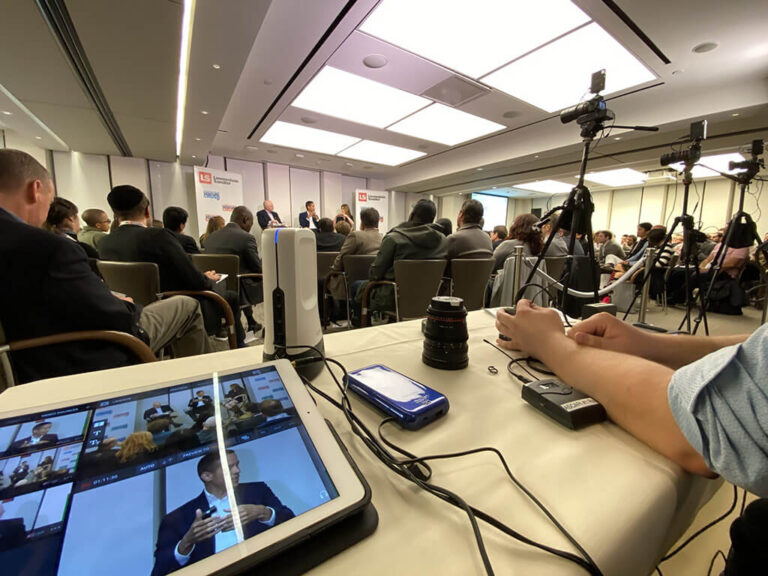Selecting the Optimal Dot Pitch for Optimal Light Emitting Diode Display Efficiency

When it comes to LED walls, a key important elements to consider is pixel pitch. Pixel pitch is defined as the space between the cores of two adjacent pixels on an light-emitting diode display. This metric is commonly expressed in millimeters. Understanding pixel pitch is crucial because it explicitly influences the resolution and sharpness of the images displayed. A reduced pixel pitch indicates that the pixels are nearer together, leading to a higher resolution, while a bigger pixel pitch results in a diminished resolution. Thus, selecting the right pixel pitch is essential for achieving peak LED wall functionality.
The choice of pixel pitch often depends on the sight distance. For instance, if the LED wall is meant to be seen from a further away, a larger pixel pitch may be suitable. This is because the human eye cannot easily discern individual pixels when they are more distant away. On the contrary hand, if the wall will be viewed up close, a reduced pixel pitch is needed. In scenarios such as indoor events, where attendees are usually closer to the screen, a smaller pixel pitch will offer a crisper and clearer image. Therefore, understanding how sight distance affects pixel pitch is key to making an informed choice.
Another important factor is the intended use of the light-emitting diode wall. Different applications, that site such as advertising, concerts, or conference meetings, may require different pixel pitches. For example, an LED wall used for advertising in a shopping mall may benefit from a pixel pitch that facilitates vibrant colors and elevated detail so that it captures the focus of passing shoppers. Conversely, an outdoor LED wall used at a concert may focus on brightness and visibility over resolution, permitting for a bigger pixel pitch. Thus, the particular context in which an LED wall will be used is vital for determining the appropriate pixel pitch.
Pricing is also a significant consideration when selecting pixel pitch. Generally, LED displays with reduced pixel pitches tend to be more costly due to the increased density of pixels and the advanced technology needed for production. While it may be enticing to opt for a high-resolution display with a small pixel pitch, financial constraints often necessitate a balance between quality and price. Organizations should assess their needs and determine how much they are prepared to invest in an LED wall, ensuring that the pixel pitch matches with their financial capabilities while still meeting functional expectations.
Finally, it is essential to take into account the maintenance and longevity of the LED wall when choosing pixel pitch. Displays with smaller pixel pitches can sometimes be more delicate and may need more meticulous handling and maintenance. Regular upkeep is required to ensure that the display functions effectively over time. Knowing the maintenance needs and potential challenges associated with varied pixel pitches can assist organizations make a more informed choice. By taking into account all these factors, including viewing distance, planned use, budget, and maintenance, one can choose the perfect pixel pitch for optimal LED wall performance.